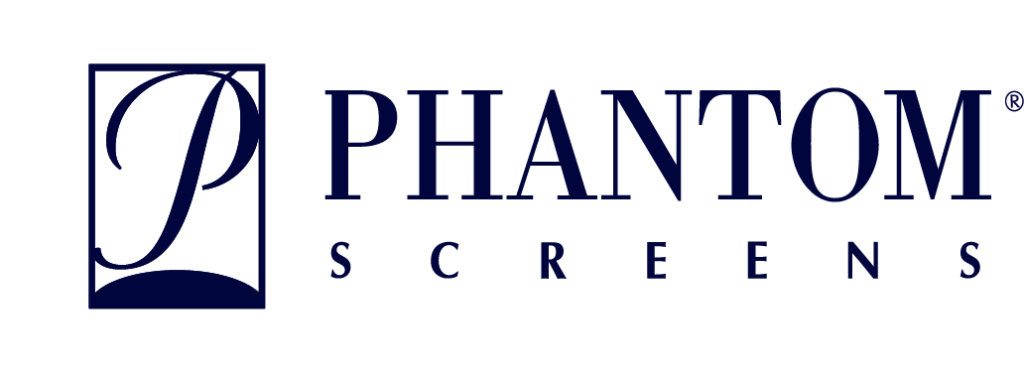 Product Approvals for building components are the general rule in Florida. Building officials, architects, insurance companies, even homeowners ask for them all the time, frequently refusing permits, insurance discounts, and product installations. So what is the legal ruling on when and if product approvals are required for this product?
Product Approvals for building components are the general rule in Florida. Building officials, architects, insurance companies, even homeowners ask for them all the time, frequently refusing permits, insurance discounts, and product installations. So what is the legal ruling on when and if product approvals are required for this product?
The Florida Building Code requires only certain products be tested and evaluated by an engineer, architect or approved test agency. Those evaluations or certified test documents can either be registered with the state of Florida through their statewide product approval system website or by use of a ‘Local Product Approval‘. There are only a few product types that require this type of approval per the Florida website (The state originally explained it in this presentation):
> Panel Walls
> Exterior Doors
> Roofing Products
> Skylights
> Windows
> Shutters
> Structural components
Ref: FAC 61G20-3.001
Outside of those products, a Statewide Florida Product Approval is optional and in many cases, isn’t even applicable for approval at the state level.
Miami Dade NOA’s (meaning Notices Of Acceptance), contrary to popular understanding, are in themselves NOT approved as a statewide product approval. NOA’s also permit more evaluation categories than Florida’s system, but still don’t encompass every product type. NOA’s are adopted either by registering them with the state system (if they even apply) or by the Local Product Approval process (see FS 553.8425). Other evaluations (such as engineer Technical Evaluation Reports or TER’s) are permitted by code (see FBC 1604.4) through the authority provided to a registered professional engineer or architect by a ‘rational analysis’ or through the local approval process.
…It’s just been a longstanding myth that an “NOA” is required for all products…
So Is A Product Approval Required for Phantom Screens?
 Here’s the critical fact about Phantom Screens: They aren’t even designed for or intended to protect glazed openings or the building envelope from flying debris, cyclical loads, or storms in any way. They are to be retracted when any threat of winds approach limiting conditions as evaluated by an engineer or manufacturer, and need only comply with requirements that they don’t become ‘flying debris’ and cause potential injury during a storm. A Phantom screen is best described as a bug screen for an outdoor patio.
Here’s the critical fact about Phantom Screens: They aren’t even designed for or intended to protect glazed openings or the building envelope from flying debris, cyclical loads, or storms in any way. They are to be retracted when any threat of winds approach limiting conditions as evaluated by an engineer or manufacturer, and need only comply with requirements that they don’t become ‘flying debris’ and cause potential injury during a storm. A Phantom screen is best described as a bug screen for an outdoor patio.
Whether a Phantom Screen is installed outside of a glazed area or not, that does alter the requirement for impact protection to be placed on a glazed surface. Per Florida Building Code Section 1609.1.2, a triggering windstorm event requires an impact protection system be placed over glazed openings when a building lies in the wind-borne debris region (unless the glazing is large missile impact rated). Since a Phantom Screen is not intended to serve as an impact protection device, it can be installed so long as the glazed openings behind it meet this code in some way. Therefore, a product approval is not required when a Phantom Screen is installed. Since it is an engineer’s obligation to ensure products exposed to high wind do not become wind borne debris objects, the evaluation report serves as a safe rating of the product installed to the rated threshold to meet this obligation.
Why We Use A Technical Evaluation Report:
Absent of testing, an engineering ‘rational analysis’ can be performed on any product not meeting the requirements for the protection of the building envelope to demonstrate the products compliance. Without testing, that evaluation must consider all failure modes and their respective required factors of safety when determining a rated safe load limit. The rating on the Phantom Screen Technical Evaluation Report is the safe load wind pressure limit which the screen shall be retracted so as to not risk the product risking injury to neighboring areas. It should be noted that the product could be rendered non-operational after the high wind event it is exposed to so long as it remains intact at the rated pressure. Regardless, the screen shall be retracted (in the open position) or removed so as to not risk any damage to the attaching structure or neighboring areas during any high wind event.
Last Note – Wind Speed or Wind Pressure?
Many who don’t understand how wind works will state a product is rated to a specific wind velocity which is false advertising and not true. “Rated to 180 MPH wind” is sometimes used for example, a false and misleading statement that comes with many unspoken disclaimers. The formula that converts wind velocity to wind pressure has many variables. Each variable affects the resulting pressure for a given wind velocity. A 100mph wind velocity for example can produce pressures as low as in the mid-teens (psf) to upwards of 50psf, even 60psf and more*. These variables include such features as building height, location of the area on the building, terrain around the building, whether the building is on or near a hill, slope of the roof, size of the area in consideration, and more. There are even two types of wind speeds and pressures which complicates things further, Allowable stress design and Load Factored Design (click here for more) as well as different wind codes that govern (Some use ASCE 7-05, most use ASCE 7-10, ASCE 7-16 has yet different conversion factors for some building surfaces for the same wind velocity). Engineers deal with a common denominator when designing structures (wind pressure) which sets a uniform standard anywhere (yes even on the moon) for a force that a product can resist. Engineering Express provides a free online tool to convert wind velocity to wind pressure. Click Here to access it (utilizing ASCE 7-10 or ASCE 7-16).
Additional information on many topics above can be found on the Florida Website by clicking here
* Exposure D, 300 ft MRH, Zones 5 and 3 respectively, 10sqft tributary area, enclosed structure, flat terrain, Kd=0.85, Forces upwards of 70psf + possible for hilly terrain, partially enclosed, Kd=1.0
You can purchase certified copies of the Phantom Screen Technical Evaluation Report for obtaining a building permit by Clicking Here
Last Update: May 26, 2022
